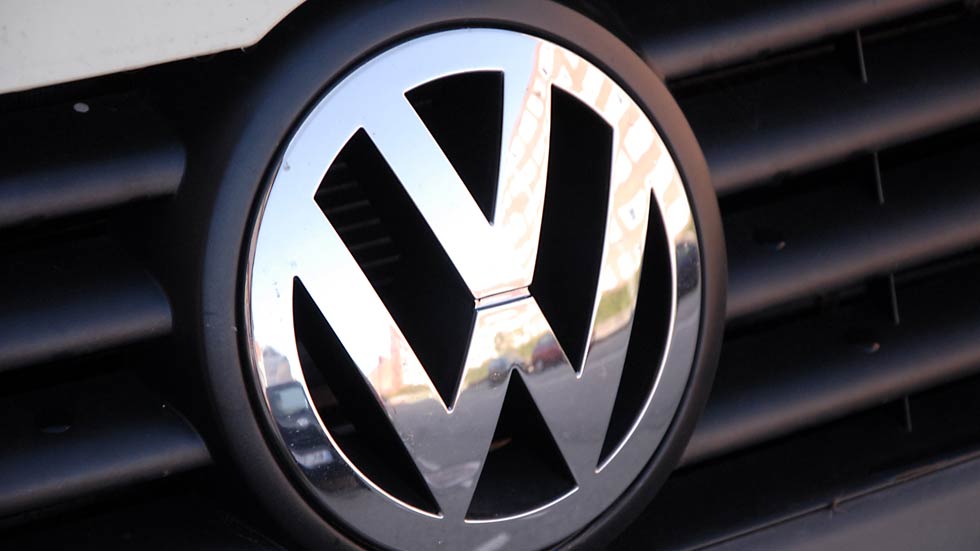AUTONEWS

The automotive industry is divided, not knowing exactly what to do, or rather, what direction to take in order to maximize profits in the short term and, in the process, satisfy the shareholders who invested in the respective companies. That's why manufacturers appear on the market who just want to maximize immediate profit, building battery-powered models based on combustion model platforms, thereby sacrificing efficiency, while others jumped in head first and embraced the new technology with both hands, betting on dedicated platforms (which implies completely redesigning production lines) and in the manufacture of batteries and electric motors.
Among all European manufacturers, Volkswagen — as a brand and as an industrial group — was the first and most decisive bet on electric vehicles, albeit with some debatable options. After investing heavily, the German manufacturer is seeing sales of this type of vehicle stop growing at the (mind-boggling) previous pace, despite the country to which it belongs being mainly responsible for this reality, as it was the Germans (the largest market European) who decided to withdraw, in December 2023, incentives for electric vehicles, while plug-in hybrids (PHEV) continue to enjoy some advantages.
In this scenario, it is not surprising that the CEO of VW, Thomas Schäfer, admitted his surprise at “the stagnation in sales of electric vehicles”, having stated in an interview with the British from Autocar that “hybrids were already seen as a thing of the past , but the reality is that in the last six months everyone seems to want hybrids”. Schäfer also added that “fortunately there is PHEV”, a technology that he pointed out as a “transitional solution” that the industry “needs at the moment”.
It is true that Germany has limited the PHEVs that can access incentives, forcing them to offer much more than the mandatory 50 km so far, which has led German brands that intend to continue selling in the domestic market to aim for values between 80 and 100 km. However, few non-German manufacturers returned to PHEVs, increasing the battery capacity to almost double, to cover at least 80 km, so the German Government was able to help “its” manufacturers, “getting rid of ” simultaneously from competing Europeans.
Mundoquatrorodas

Nenhum comentário:
Postar um comentário